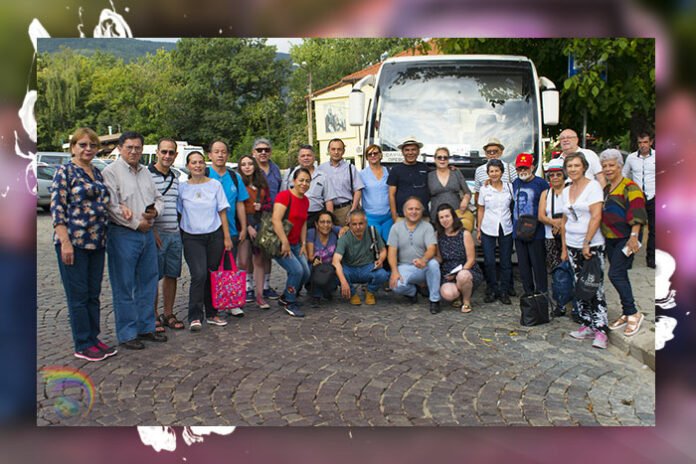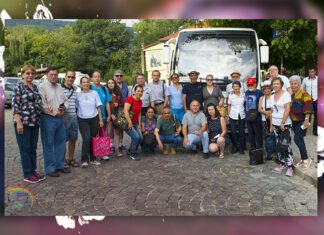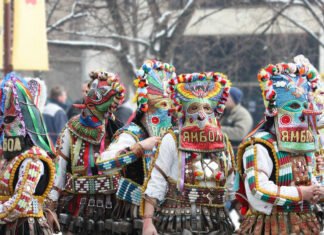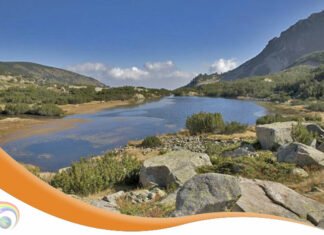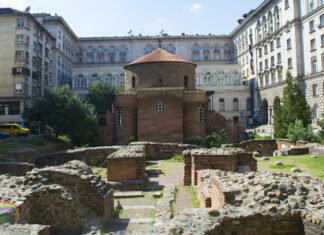VIIIth International Meeting Bulgaria 2018
Diego Endara, an eccentric guy from Ecuador. He is passionately in love with Bulgaria and has already written 3 books about it. He managed to gather a group of ex students in Bulgaria and their families from around 11 countries, mostly from middle and South America. And here they are, in Bulgaria, for their excellent Bulgaria tour. Of course, I shouldn’t forget to mention that Diego suggested an itinerary. We worked on different routes for almost a year. Eventually, a little bit tight but good program came as a result. Some of these students (successful people and professionals today) studied in Bulgaria 30 years ago. Very few of them have come back to Bulgaria once or twice for these 30 years. But 2018 was the year they all met here, in Bulgaria. It was a great and memorable experience for them…
We are looking forward to entertain you again, Diego.
The tour

Sofia
Meet the guide at Sofia Airport beginning of September.
Check in into a hotel in Sofia. Then, dinner in the hotel and overnight. Everybody is tired from their flights.
Sofia – Vitosha Mountain
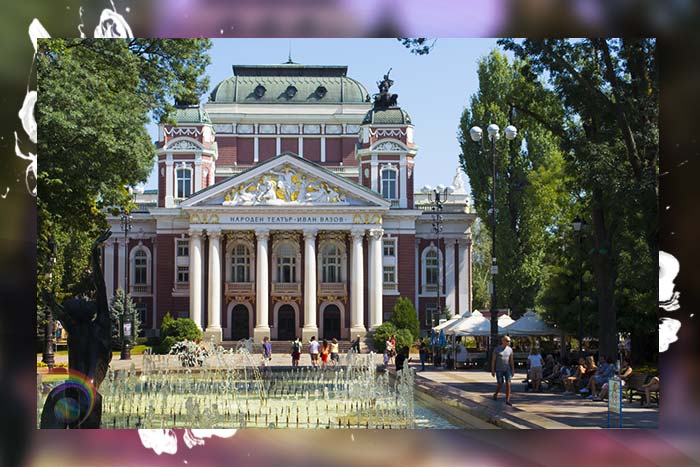
That was the day devoted to Sofia. A sightseeing tour Sofia to see if Sofia has changed for the last 30 years. Sofia is the capital of Bulgaria and it’s not a big metropolis (just like whole Bulgaria – small and full of beauty and surprises). But it’s a modern, youthful city where churches, synagogues, Ottoman mosques and communist monuments live together peacefully and in harmony.
Sofia is an old settlement with the previous name of Serdica. The tour offers a good mixture of traditional and modern Sofia. Well, has Sofia changed? Has Bulgaria changed for the last 30 years? Some time spent on Vitosha Mountain. When one lives in a big city, where life never seems to stop and the city is at the foot of a mountain, is considered lucky. In this case, Vitosha Mountain means relaxation and it’s a great opportunity to slow the pace down a little bit.
Rila Monastery – Melnik
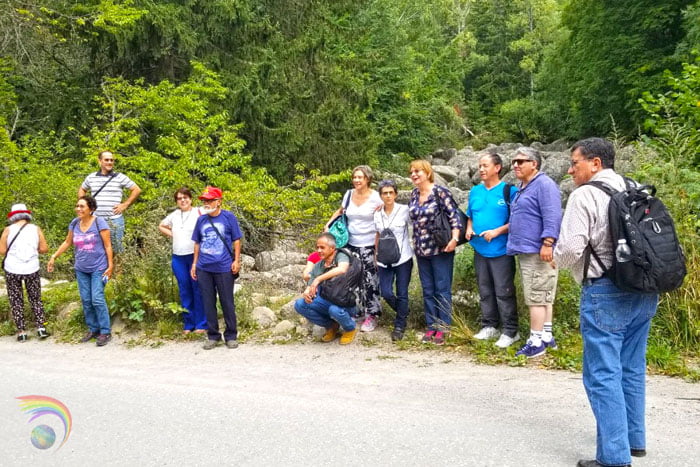
This day started with a visit to the Rila Monastery. This is the place that preserved Bulgarian culture alive in the years of the Ottomans (Istanbul day trips). Declared a National Museum and a National Historical reserve, The Rila Monastery is in the List of World Cultural Heritage of UNESCO. It also became a National Museum and a National Historical reserve. Today, the monastery is one of the symbols of Bulgaria. (When we talked with Diego about the tour, it became clear that people wanted to see Bulgaria. To see its mountains, sea, monasteries…)
Then, our journey proceeds to Melnik, the smallest town in Bulgaria. This is a place with lots of history, famous for the sand pyramids and the great wine produced there. Of course, the Rozhen Monastery, built in 1890. It has fine frescoes and amazing wood carvings.
Vratsa – Ledenika cave – Belogradchik Rocks
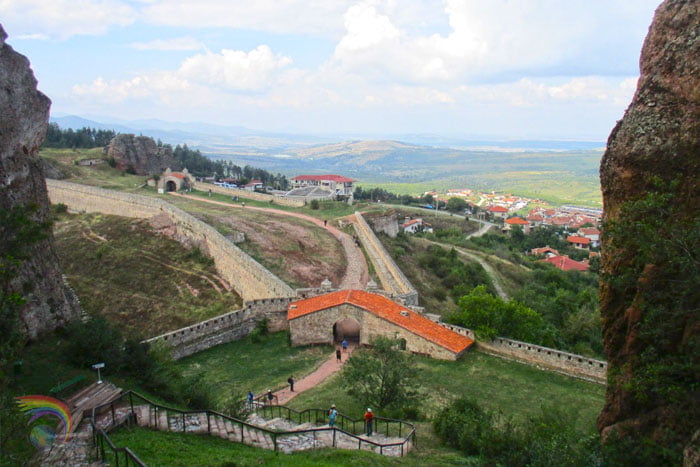
Vratsa is not a very big town, in the north-west part of Bulgaria. Here we are aiming the Ledenika Cave which is 16 km away from Vratsa. The cave has some of the most beautiful halls and formations – ‘The Magic Lake’, ‘The Passage of the Sinners’. In the cave visitors can also see the most attractive hall on the Balkans. It is the The Concert Hall. The hall gets its name from its great accoustical qualities. Due to them, many live orchestras perform there. Not less beautiful are the Belogradchik Rocks. That was the next place our group wanted to visit. It took more than 200 million years for these astonishing formations to be shaped. They have rusty red colour because of the great amount of iron oxide.
Koprivshtitsa – great culture, Bulgaria tour
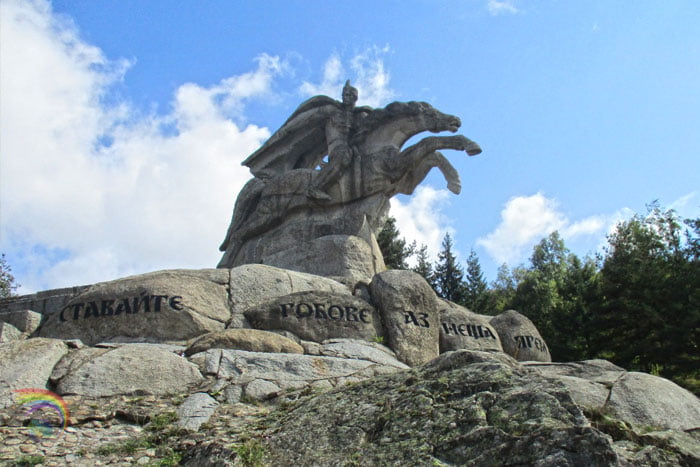
Koprivshtitsa is one of the few Bulgarian towns, where architecture from the Revival period is in really good condition. That, in fact, is the biggest treasure of this small town. Koprivshtitsa and its houses which are now museums. Surely, to visit this place (like everywhere else in Bulgaria, actually) meant a lot to these ‘students’. Because, one can easily say that there is a special place in their hearts for Bulgaria only. Bulgaria tour takes this full of joy group to Lovech, Karlovo and Plovdiv. Lovech was built on the remnants of a Thracian settlement and a Roman town. Today it is a nice and friendly place. Symbol of the town is the Covered Bridge which one of the best masters of the time, Kolyu Ficheto, built. The bridge connects the old and the new part of Lovech.
Another attraction that the town is famous for is the Water Museum. This is the first virtual museum in Europe. It’s time for some crafts and traditions. Here comes Troyan which is a small craft town with rich culture. Delicious cuisine as well. Who said Bulgarian dishes are so tasty? Whoever said it, was right. Not far away from Troyan is the biggest monastery in Bulgaria – Troyan Monastery. It was built not later than the end of 16th century. Since 17th century it’s been home to the miracle-working icon of “Holy Virgin Troerouchitsa” (three-handed Holy Mother).
Plovdiv – the city of Philip
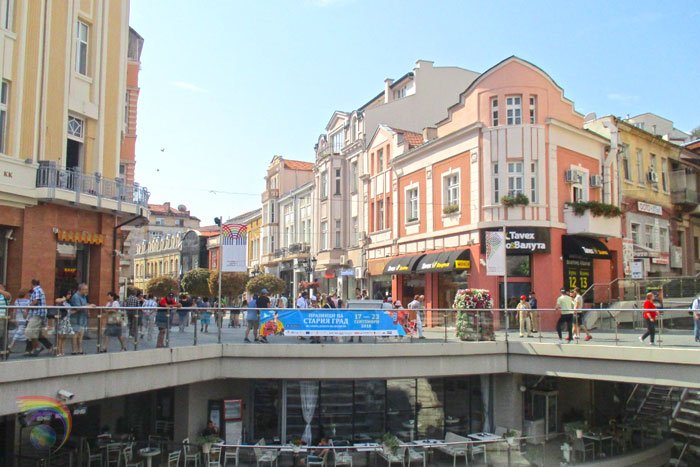
For Bulgaria, Plovdiv is the second biggest city, while for the Balkan Peninsula it’s the oldest one. Great atmosphere, beautifully designed houses from the Revival Period, great churches. Once capital of Ancient Thrace. Also a big trade centre in the Middle Ages, lots of history…
Bulgaria tour shows the beauties of Rhodope Mountains
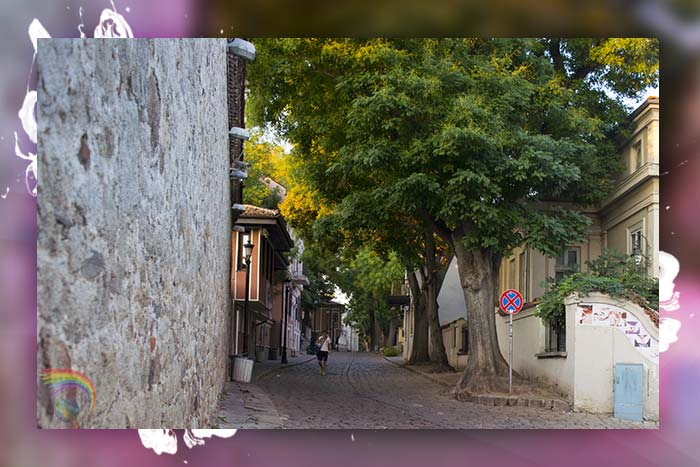
Asenovgrad, Chepelare, Pamporovo,. Also, Shiroka Laka, Smolyan… A little bit tight programme but great time spent together in the country which accepted young people from different countries. The country that took care of and loved these youngsters. That same Bulgaria that is still in these people’s hearts. Let me write a few words about each place located in one of Bulgaria’s great mountains, The Rhodope Mountain. The ‘Asenova Fortress’ (Asen’s Fortress) – a medieval fortress in the Rhodope Mountains.
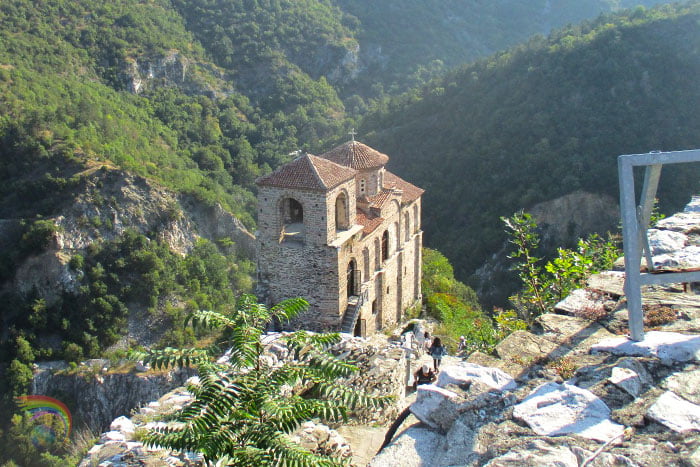
Chepelare is in central Rhodopes, high into the mountain. In fact, it is the second highest Bulgarian city after the city of Dospat (1100 m above sea level). Nowadays Chepelare is a major spot for winter sports practicing and development. Very close to Chepelare (10 km) is Pamporovo, one of the best and most beautiful winter resorts in Bulgaria. Then, the village of Shiroka Laka and the town of Smolyan as part of Bulgaria tour. Also, being typical settlements in the Rhodope Mountain, these two places make people glad with the view of the beautiful houses from the Revival Period. All of them perched on the hills. And, of course the traditional Rhodope dishes. I am sure our guests enjoyed it.
Rose Valley, Valley of the Thracian Kings
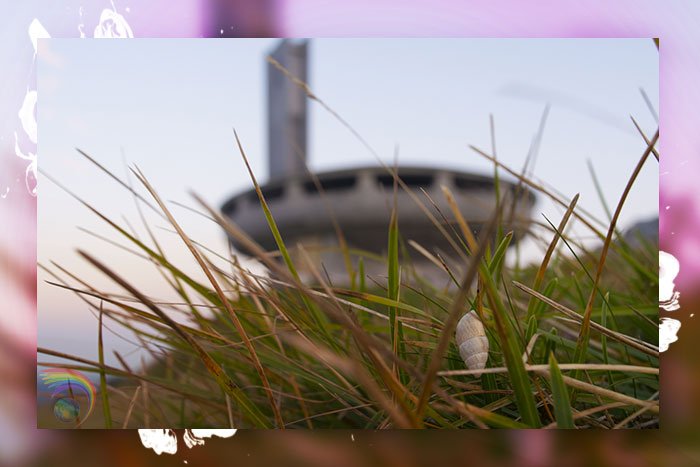
Yes, that’s right. Bulgaria tour proceeds to Kazanlak, to the Rose Valley, Valley of the Thracian Kings, Buzludzha. Well, our group didn’t get into the town of Kazanlak but they could see the region around. The tombs – Golyamata Kosmatka (Big Kosmatka). This is one of the most impressive tombs, not only because of its size but because of the fact that it hadn’t been looted. “This is probably the richest tomb of a Thracian king ever discovered in Bulgaria. Its style and its making are entirely new to us as experts,” said Georgi Kitov, the head of the team of archaeologists that found the tomb. Buzludzha – part of Communist Bulgaria or the UFO building. A great view of the Valley. Then, a visit to a private rose distillery.

And, this part of Bulgaria tour – central Bulgaria, was explored and enjoyed. Off the group went to the Architectural-Ethnographic Complex “ETAR” – Gabrovo – a lovely open-air museum which presents Bulgarian customs, culture and craftsmanship.
City of the Tsars

Bulgaria tour and Veliko Tarnovo. Although Tarnovo is not a very big city, it’s a place that has to be visited. It attracts with its history, with its cobbled streets. When one is there, they can feel the olden days. The medieval fortress Tzarevetz, situated on the homonymous peak, is surrounded on three sides by a river. When, in the times of the Second Bulgarian State, the town of Veliko Tarnovo was the capital, Tzarevetz was main fortress in the country. Then, Samovodskata Charshia (the Crafts Streets). Houses built over 200 years ago, as well as the feeling of a completely different atmosphere.
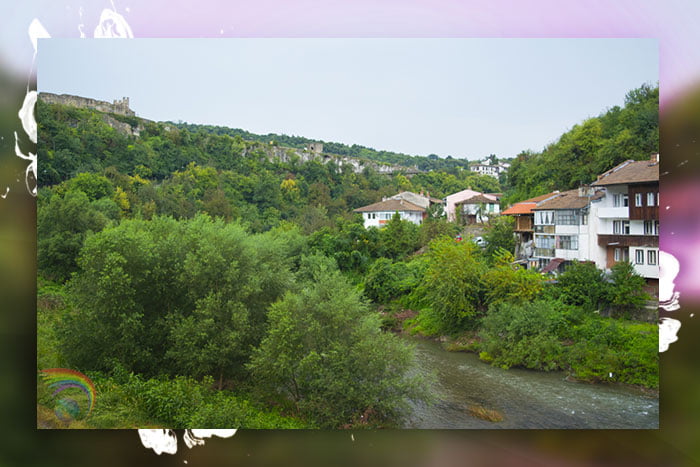
Somewhere in the beginning I mentioned what our friendly, in-love-with Bulgaria guests want to see. No doubt they wanted to see most of the country in fourteen days. So, we headed for the seaside. The Black Sea coastline. Did you know, Diego that Yambol, the town which is on the way to Burgas, hosts The International Masquerade ‘Kukerland’? Yambol is not the only place, though for kukeri carnival.)
Bulgaria tour with great people on Bulgaria coastline
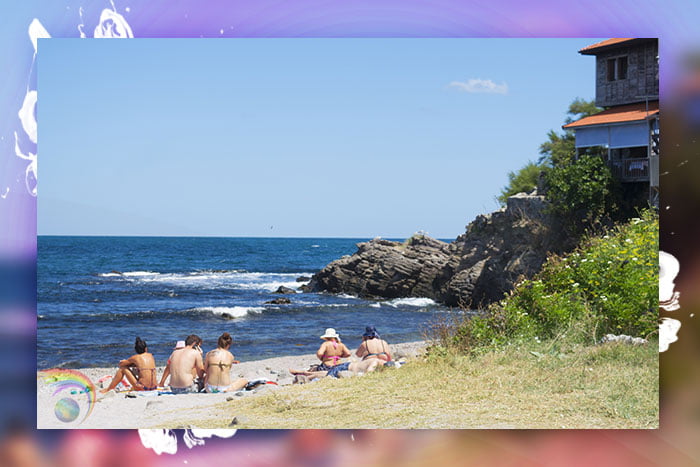
Varna is the third biggest city in Bulgaria and one of the oldest settlements on these lands. It is the place where the oldest gold treasure in the world was found. The treasure dates back from 4,600 BC to 4,200 BC.
It is a lively place which is long after remembered. One of the symbols of Varna is the Cathedral of the Assumption of the Virgin. This is a temple for the ones praying and an attraction for the tourists. This holy place offers a world of spirituality. The northern coast of Bulgarian Black Sea or the southern? Which one? Surely our group will tell us.
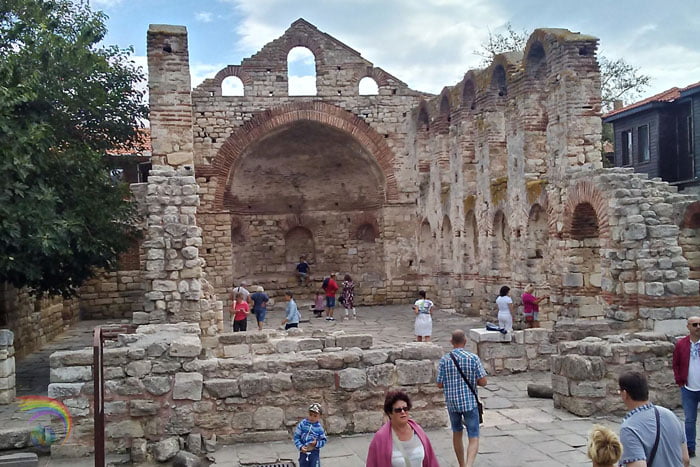
Sunny Beach, Nessebar, Pomorie. And then Sozopol, Primorsko and Burgas. And back to Sofia. Diego Endara made a great itinerary for his friends. Everybody enjoyed it. We are happy we could arrange this Bulgaria tour for these lovely people. These people who have Bulgaria in their hearts. Contact us for your tailor made Bulgaria tour. EnmarBG is also a specialist in Istanbul daily tours.


